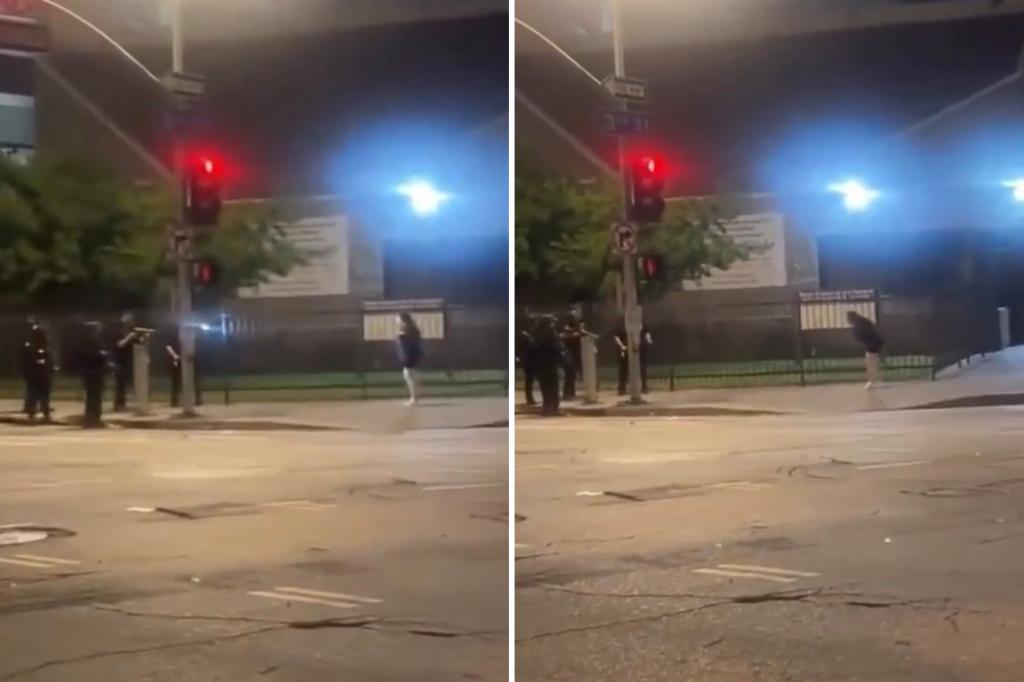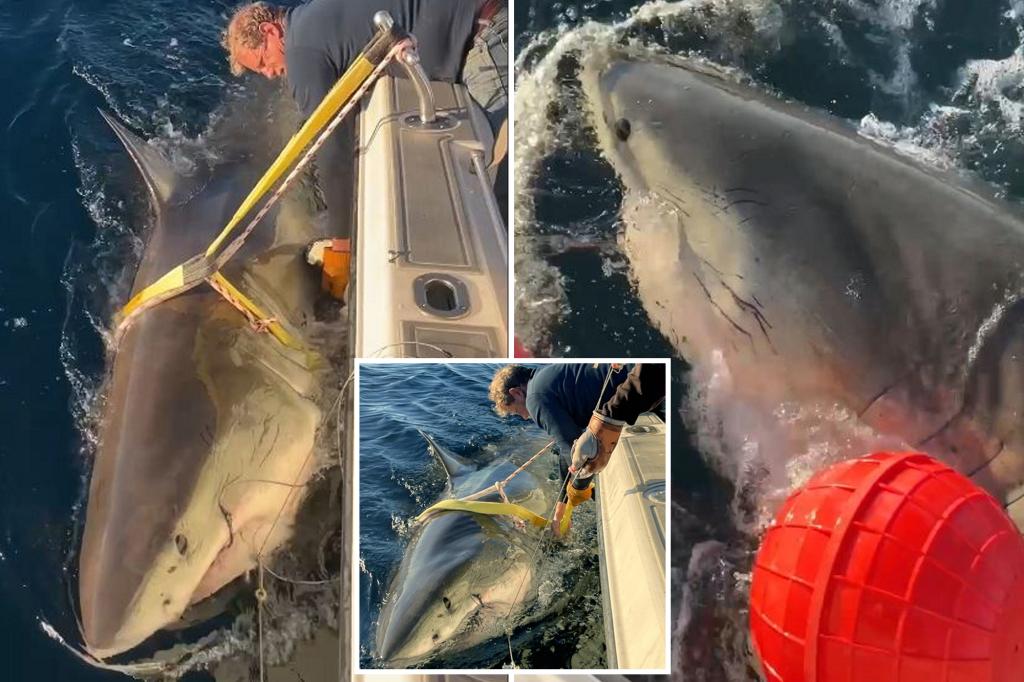Breaking News: Helicopter Emergency Landing in the Hudson River Shocks NYC
A helicopter made a dramatic emergency landing in the Hudson River near Manhattan on Thursday afternoon, triggering a swift rescue operation and sending shockwaves through New York City. The incident occurred around 3:15 p.m. EDT near Pier 40, with eyewitnesses describing a controlled descent into the water. All five occupants survived and were rescued by nearby boats and emergency responders, though two sustained minor injuries.
Eyewitnesses Describe Tense Moments as Rescue Unfolds
Dozens of bystanders watched in disbelief as the helicopter descended rapidly toward the river. “It was surreal—one moment it was flying normally, the next it was tilting and going down,” said Mark Thompson, a tourist from Ohio who captured the incident on video. “The pilot did an incredible job avoiding boats and landing as gently as possible.”
First responders arrived within minutes, including NYPD Harbor Unit and FDNY teams. The helicopter, identified as a Eurocopter AS350, remained partially submerged as rescue crews secured the area. “The quick actions of nearby ferries and private boats likely prevented a worse outcome,” noted FDNY spokesperson Lt. Sarah Chen.
Investigators Probe Cause of the Hudson River Helicopter Incident
The National Transportation Safety Board (NTSB) has launched an investigation into the emergency landing. Preliminary reports suggest engine trouble may have forced the pilot to attempt a water landing—a rare but trained maneuver. According to NTSB data:
- Only 12% of helicopter emergencies result in water landings
- New York airspace sees approximately 150 helicopter flights daily
- The Hudson River corridor has witnessed 3 similar incidents since 2018
Aviation expert Dr. Rebecca Morrison of Columbia University explained: “Water landings are extremely hazardous due to rotor torque and potential drowning risks. This pilot demonstrated exceptional skill in executing what we call an autorotation descent.”
Safety Protocols and Urban Airspace Concerns
The incident has reignited debates about helicopter traffic in densely populated areas. New York City Councilmember Gale Brewer stated: “While we’re relieved everyone survived, this underscores why we need stricter oversight of tourist and charter flights over our waterways.”
Key safety measures currently in place include:
- Mandatory life vests for all passengers on flights over water
- Regular maintenance checks for commercial operators
- Restricted flight paths along the Hudson River
However, some aviation advocates argue the system works as intended. “This was an emergency handled exactly how it should be—no casualties, minimal disruption,” said James Carlton of the Eastern Region Helicopter Council.
Economic and Transportation Impacts
The emergency landing caused temporary closures of Hudson River ferry routes during rush hour, affecting thousands of commuters. Marine traffic resumed by 5:30 p.m. after authorities confirmed no fuel leaks. The helicopter was recovered by crane late Thursday evening.
Tour operators reported cancellations for Friday flights, though industry representatives emphasized such incidents remain statistically rare. “You’re far more likely to be in a car accident than a helicopter incident,” noted tourism operator Maria Gonzalez.
What Comes Next After the Hudson River Helicopter Landing?
The NTSB investigation will examine maintenance records, pilot communications, and weather conditions—with a preliminary report expected within 30 days. Meanwhile, the recovered aircraft will undergo thorough mechanical analysis.
For New Yorkers, the event serves as a reminder of the complex interplay between urban infrastructure and air transportation. As the city continues to grow vertically, questions about airspace management will likely intensify.
Those who witnessed the incident are encouraged to contact NTSB investigators with any photos or videos that might aid the probe. For updates on the investigation and safety recommendations, visit the NTSB official website.
See more CNET 247



